Analysis of Communication Skills in Business Development
VerifiedAdded on 2023/02/10
|12
|418
|96
Report
AI Summary
This report analyzes communication skills within a business context. It begins by introducing the concept of communication and its significance. The report then delves into communication models, including the Shannon-Weaver and Berlo models, which help in understanding the flow of information. It explores various communication systems such as voice mail and electronic mail, and examines different methods of communication like verbal, non-verbal, written, and visual. The report highlights the benefits of both formal and informal communication within an organization. Furthermore, it outlines key principles and barriers to effective communication, such as clarity, attention, jargon, and hearing problems. The report concludes by emphasizing the importance of strong communication skills for business success and provides a list of references for further reading.
1 out of 12

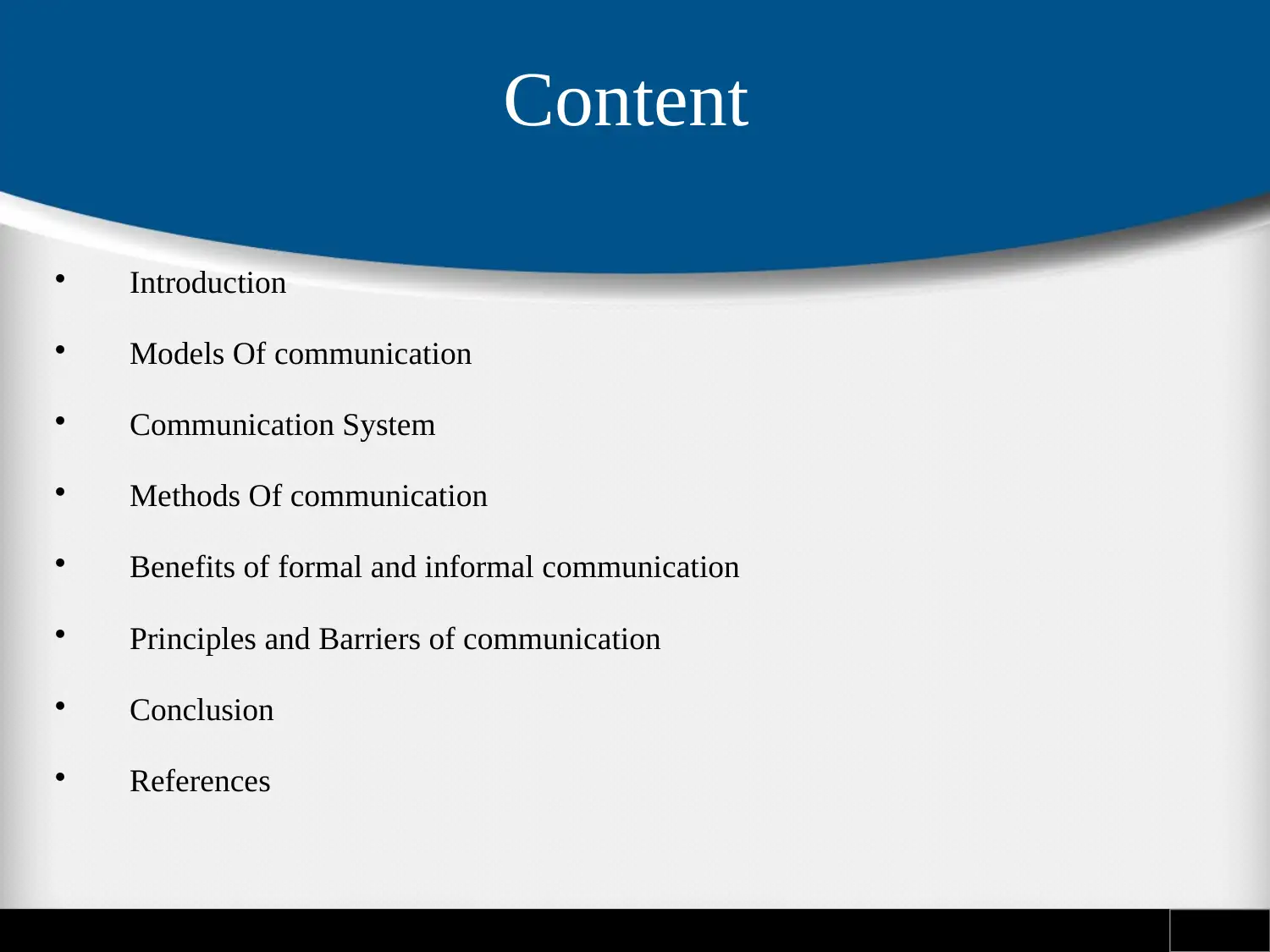
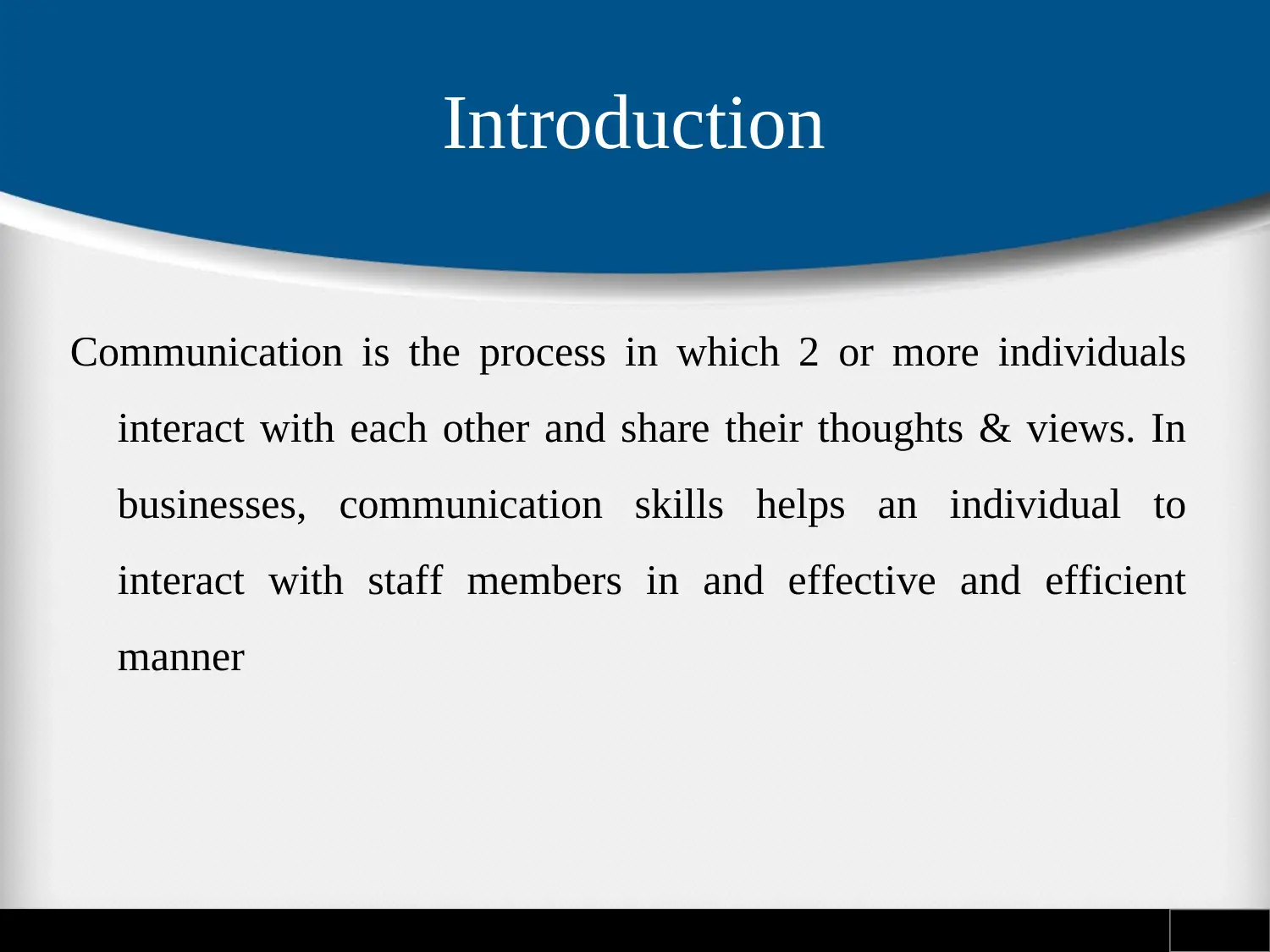

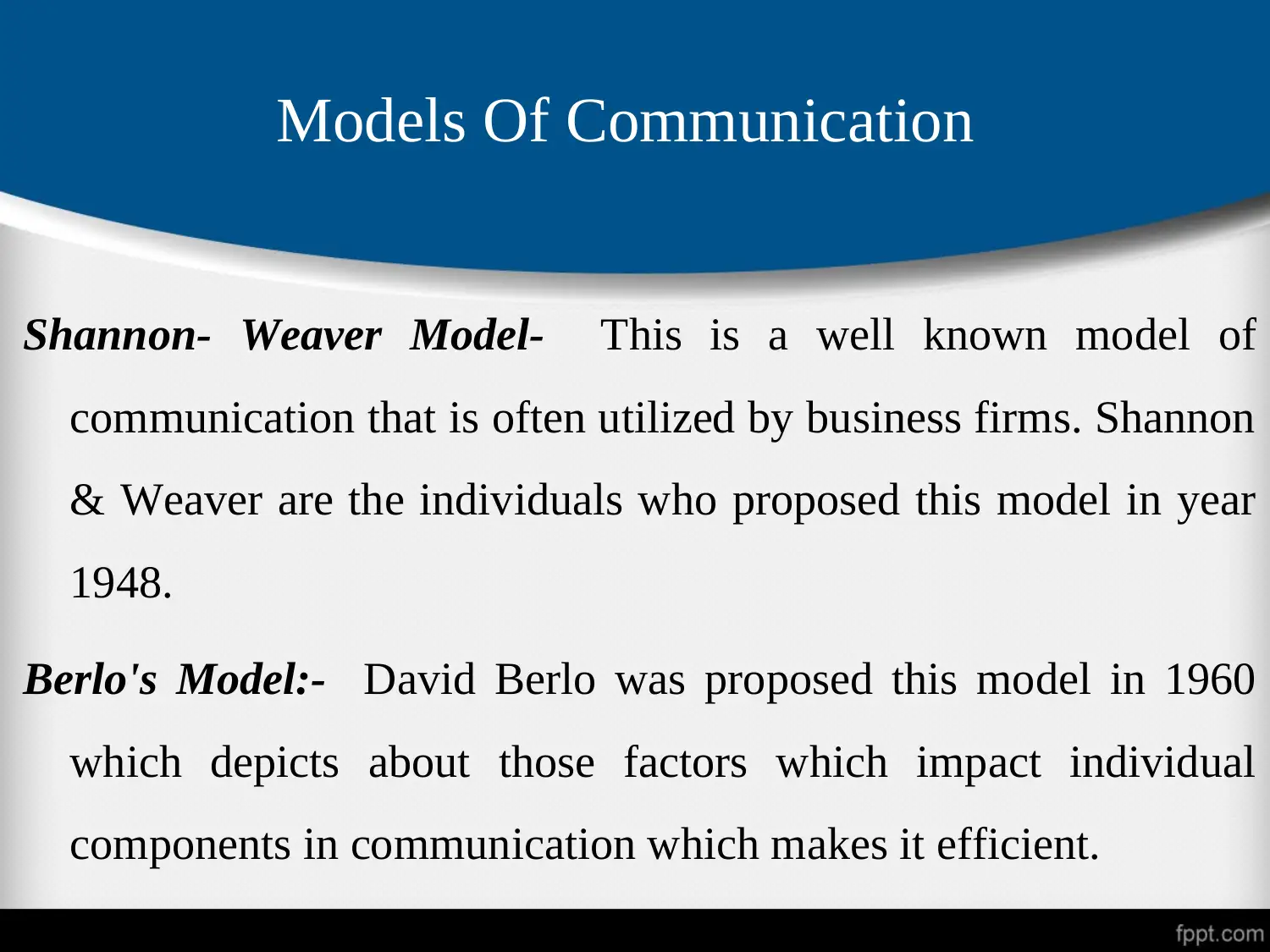
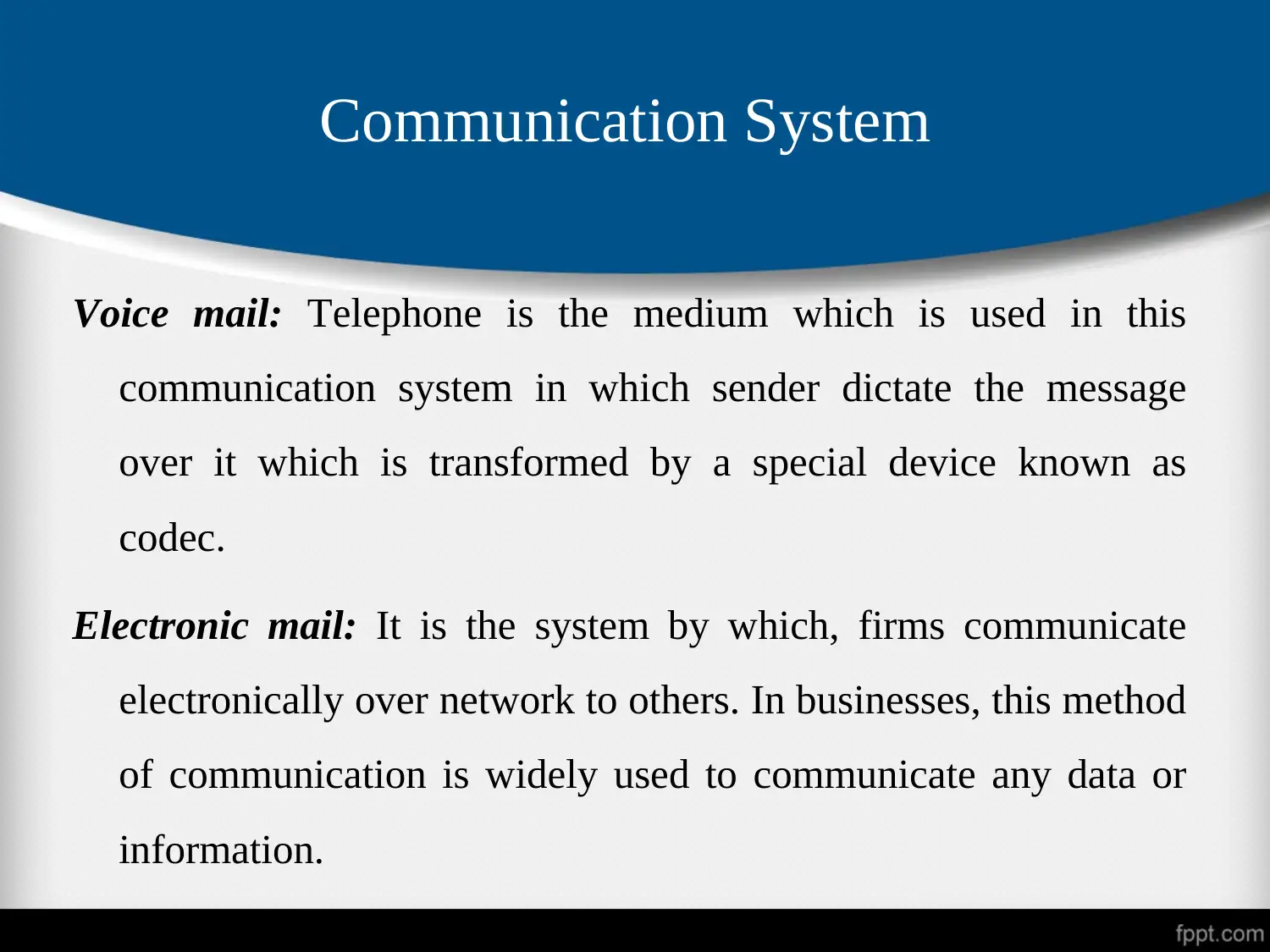
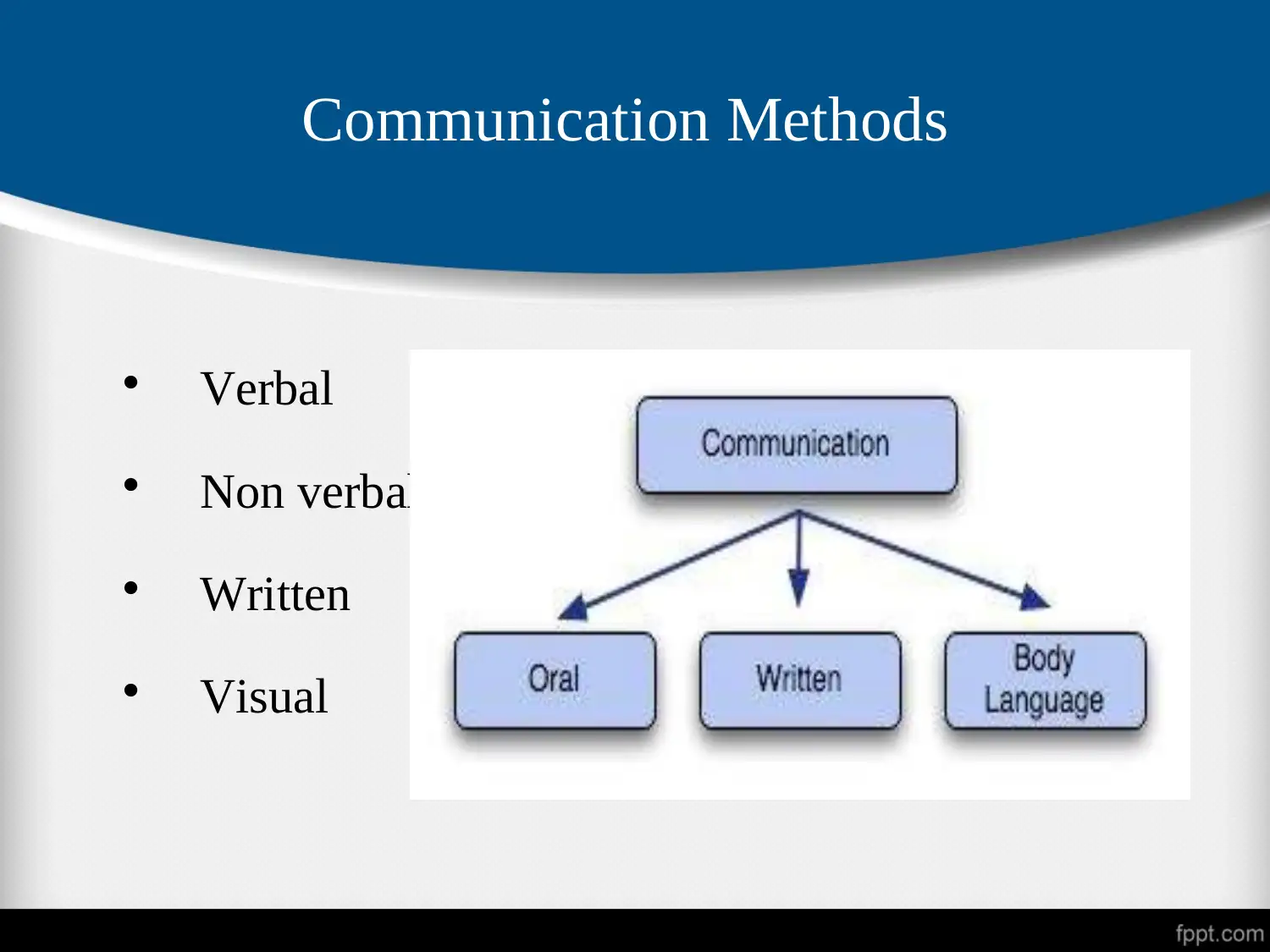
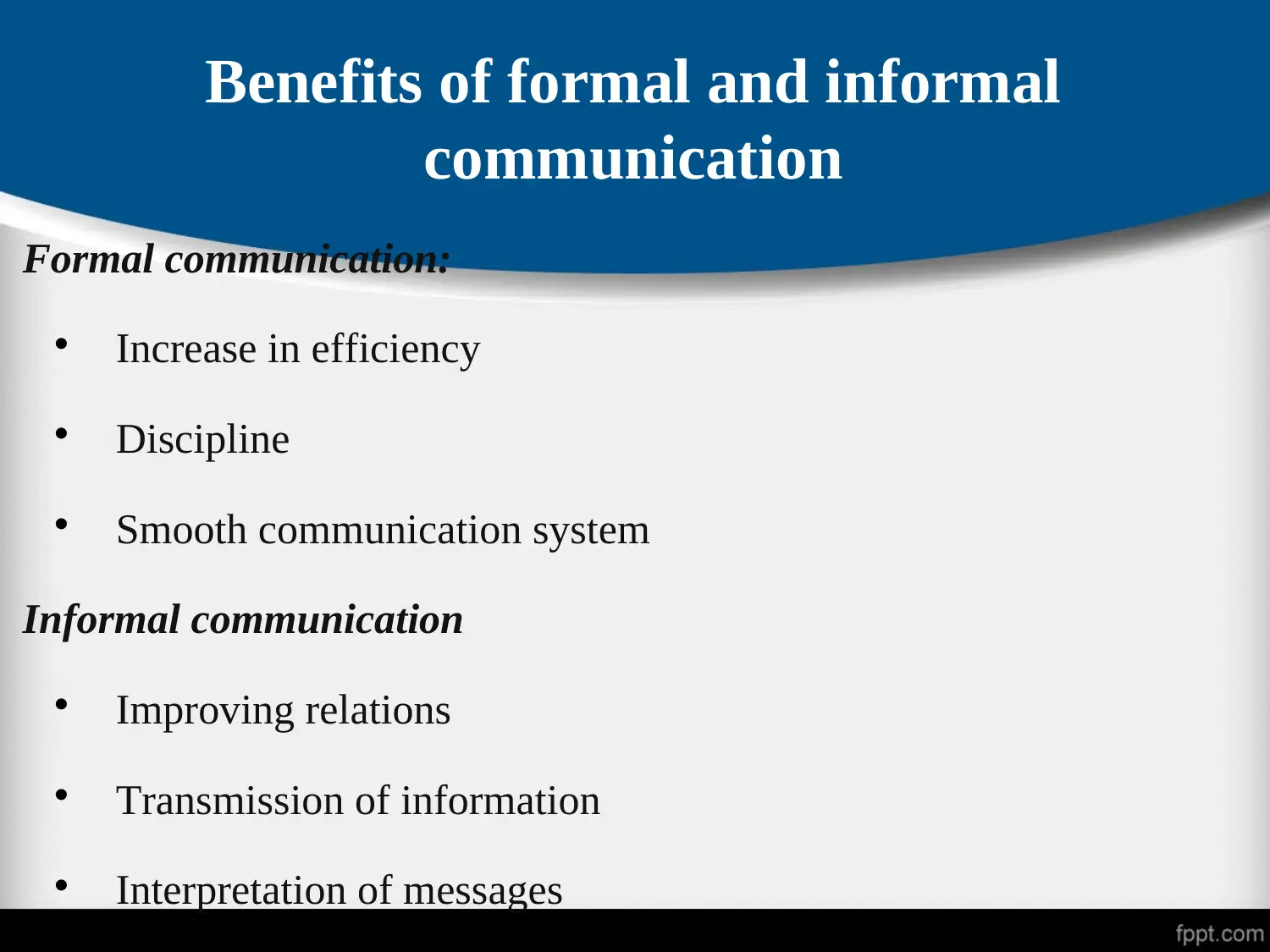
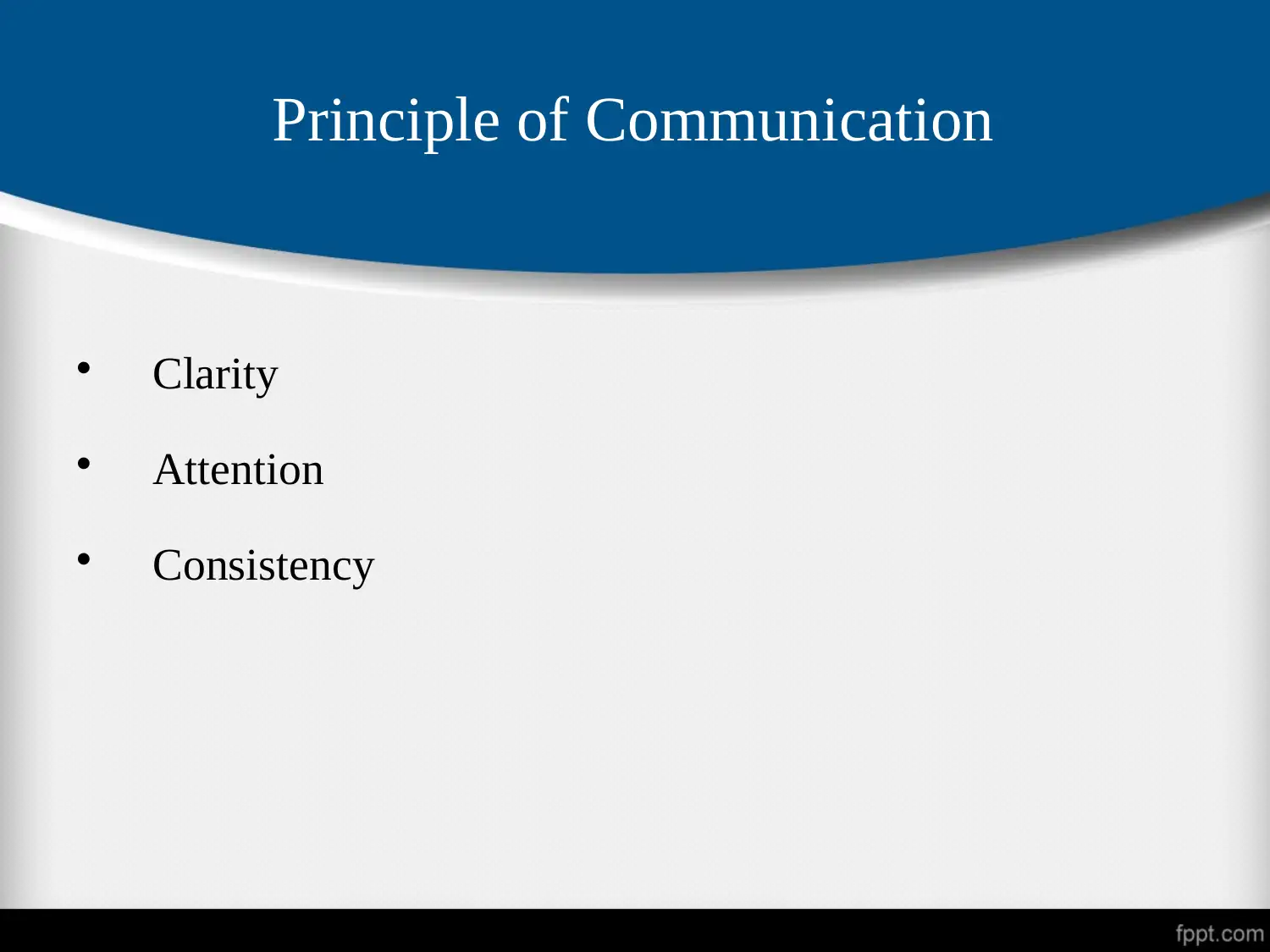
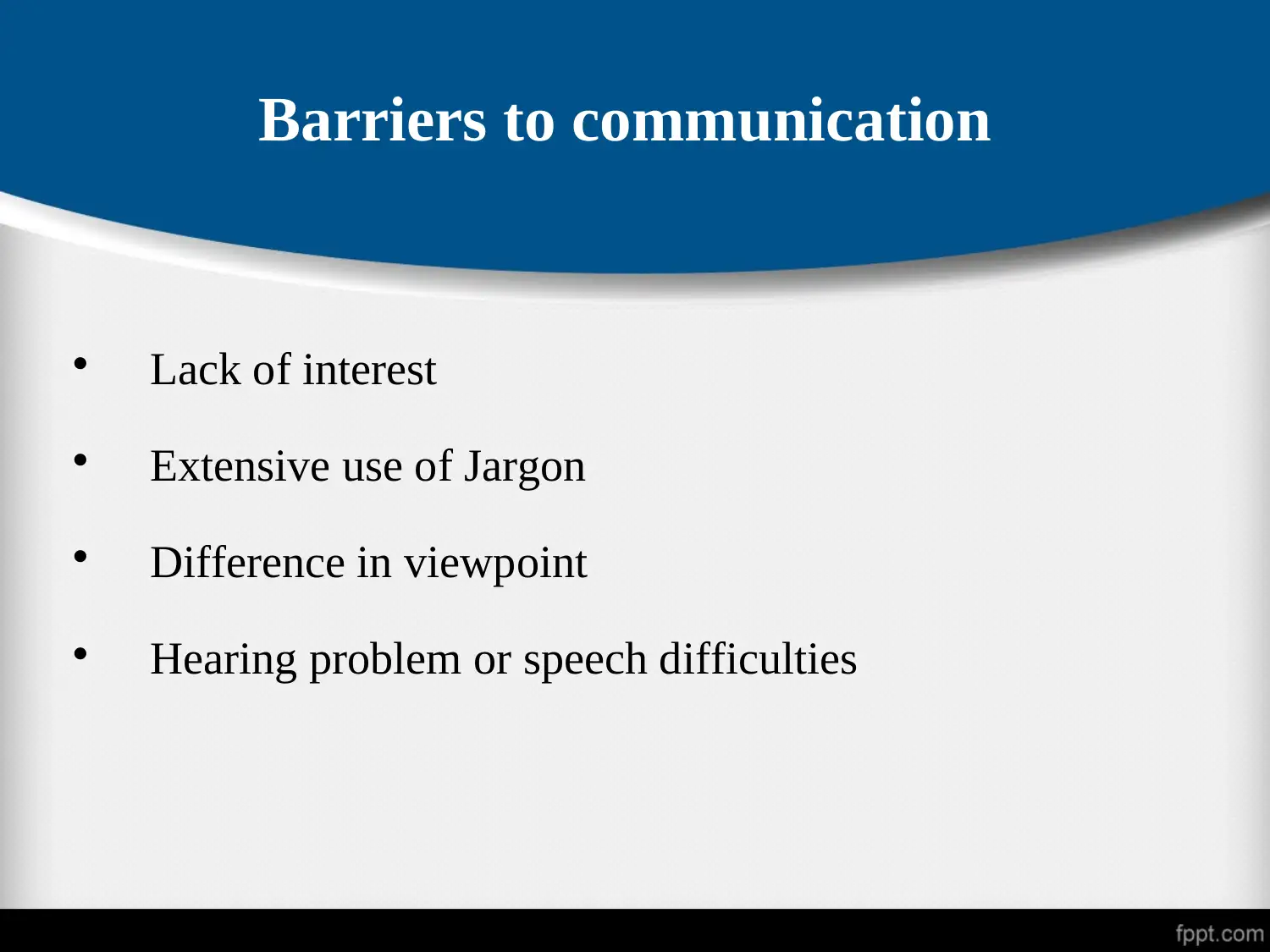
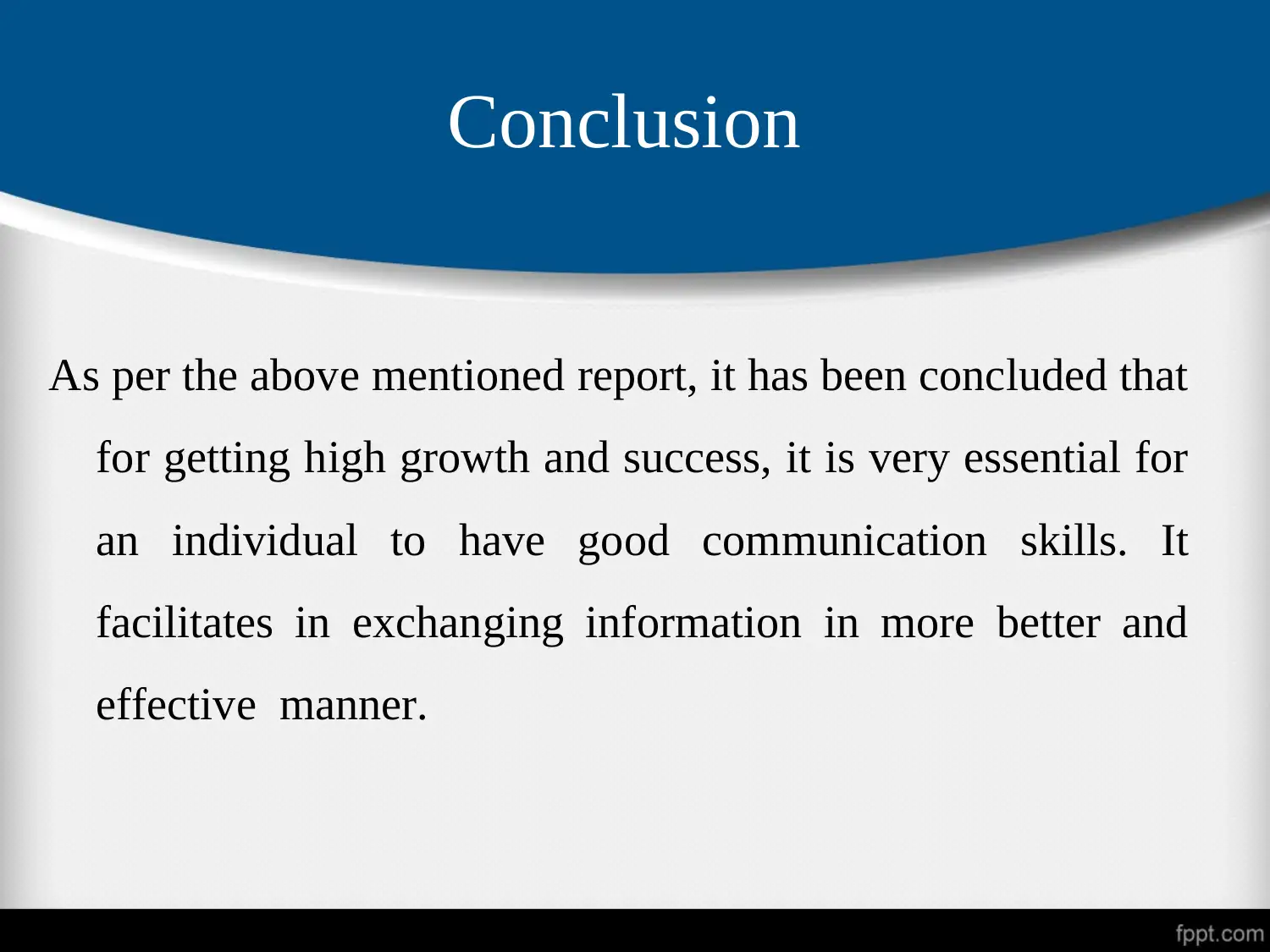
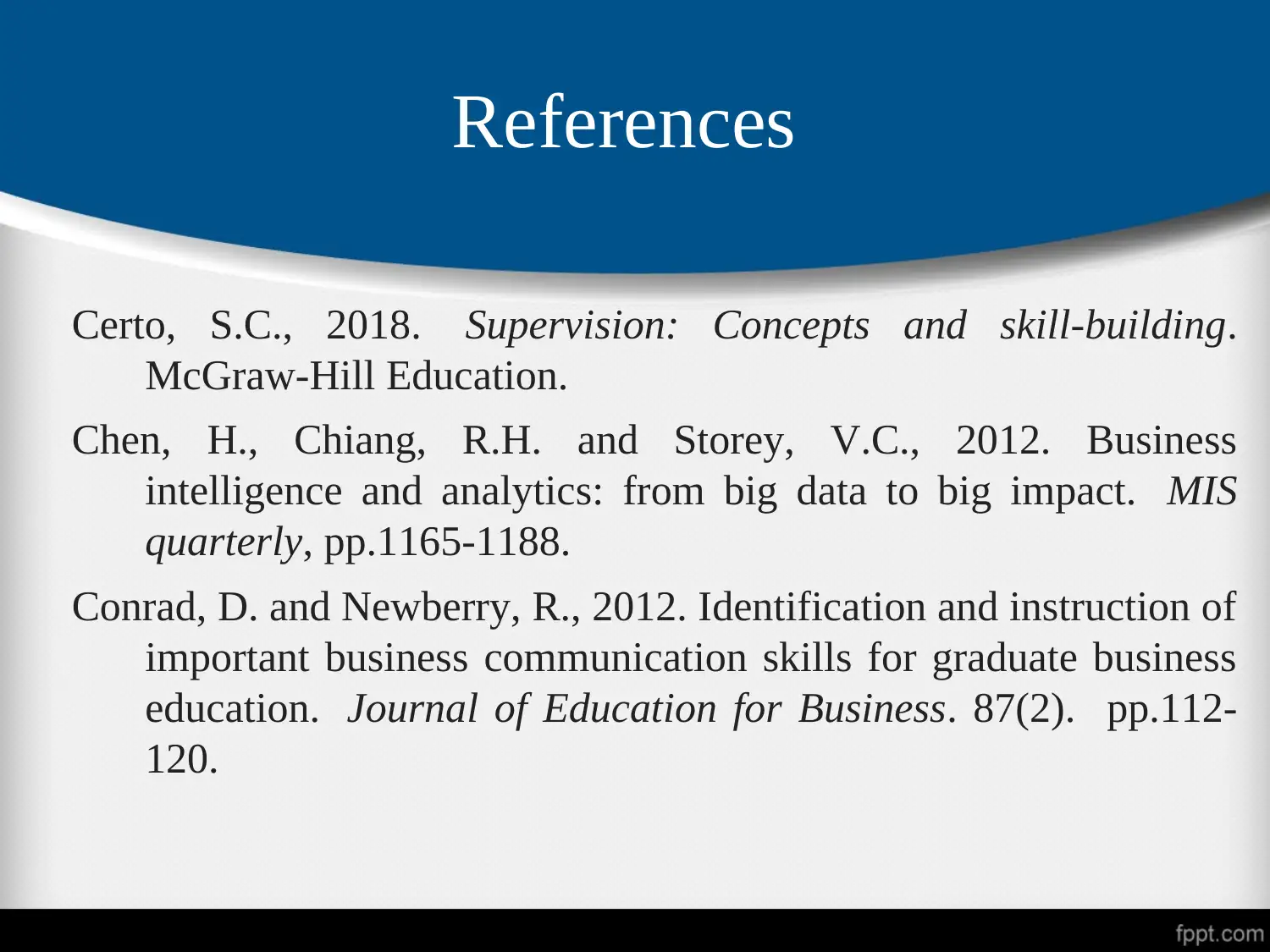






![[object Object]](/_next/static/media/star-bottom.7253800d.svg)